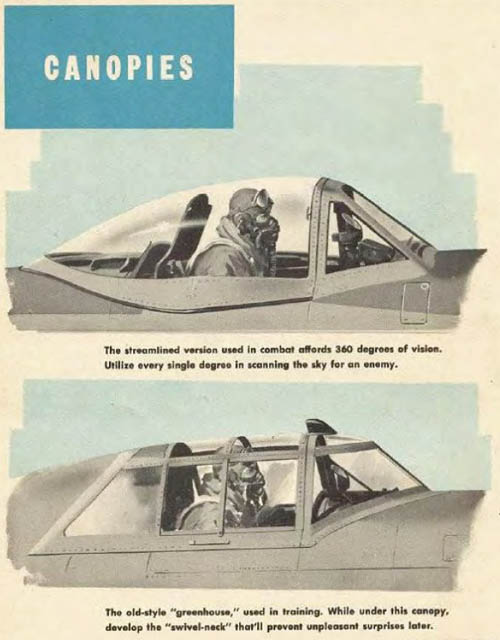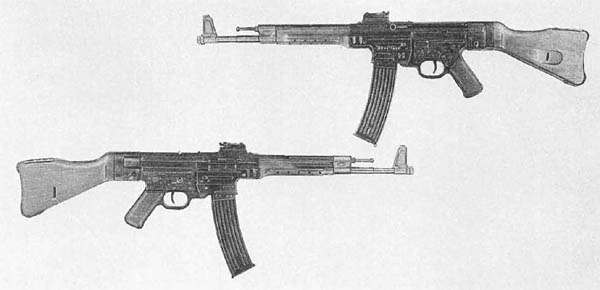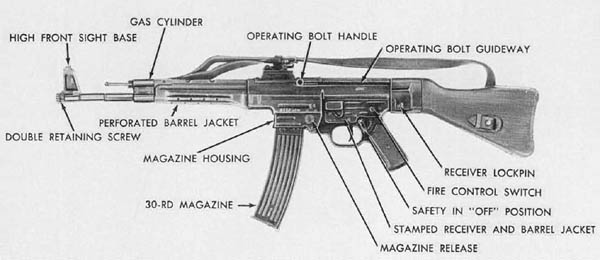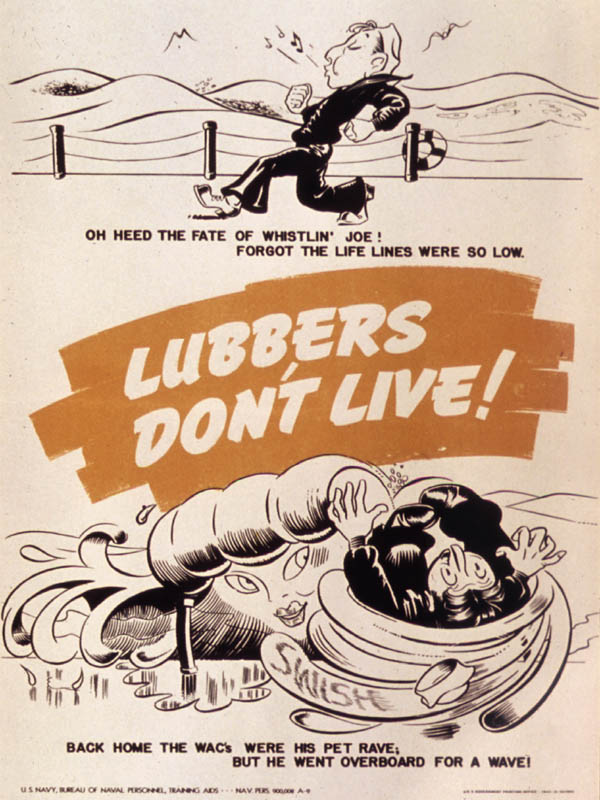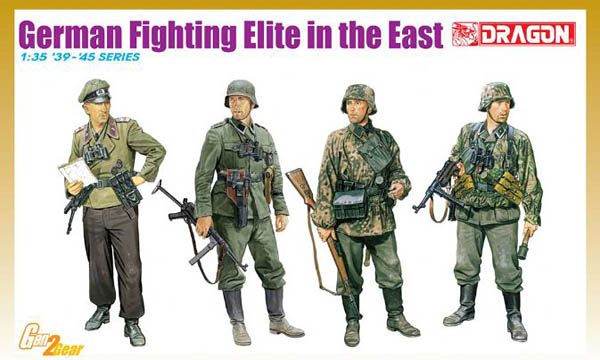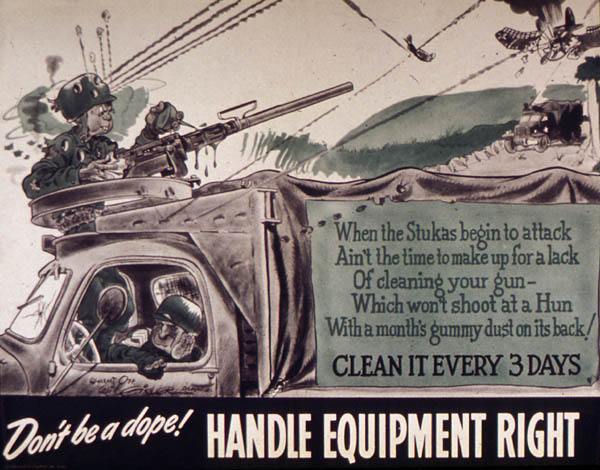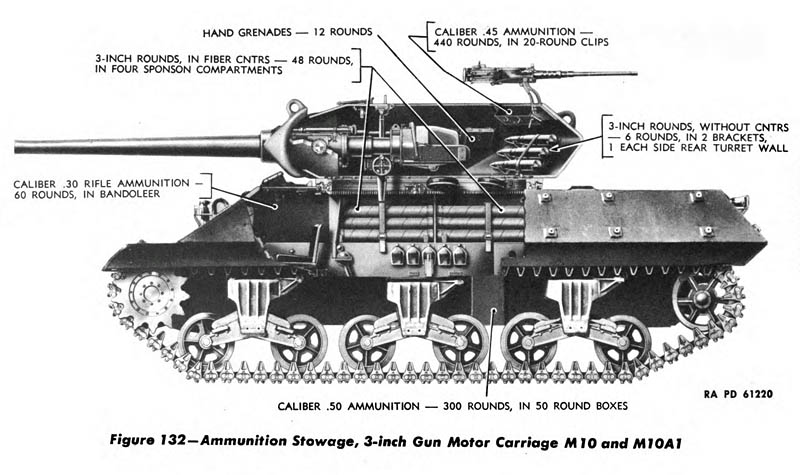Operating instructions for the Bazooka in tropical and arctic climates from TM 9-294: 2.36-inch A.T. Rocket Launcher M1A1, War Department Technical Manual, Sept. 27, 1943.
Section X: OPERATION UNDER UNUSUAL CONDITIONS
32. GENERAL.
a. When operating under unusual conditions such as tropical or arctic climates, severe dust or sand conditions, and near salt water, it is essential that all the precautions listed below should be observed.
33. ARCTIC CLIMATES.
a. In temperatures below freezing, and particularly in arctic climates, all operating parts should he kept absolutely free of moisture. The bore of the launcher should be cleaned daily and oiled as described in paragraph 16. The batteries should be removed from the launcher and kept warm until just before firing. Carrying the batteries in inner pockets will keep them sufficiently warm. Immediately upon bringing indoors, the launcher should be cleaned on the outside and inside with a dry clean cloth. Remove the grips and clean and dry the contacts. After it has reached room temperature, clean and dry the launcher again, and oil the bore. Rockets should not be fired at temperatures below zero F.
34. TROPICAL CLIMATES.
a. Tropical Climates. In tropical climates where temperature and humidity are high, or where salt air is present, and during rainy seasons, the launcher should be thoroughly inspected and cleaned daily. The bore should be oiled a little more liberally than prescribed in paragraph 16. Wood parts should be inspected to see that swelling due to moisture does not bind working parts. If this does occur, shave off only enough wood to relieve binding. A light coat of OIL, linseed, raw, type A applied at least every month and well rubbed in with the heel of the hand, will help to keep moisture out. Allow oil to soak in for a few hours and then, wipe and polish the wood with a dry clean wiping cloth. Do not fire rockets at temperatures above 120 F.
NOTE: Care should be taken to see that linseed oil does not get onto electric contacts as it will gum when dry.
b. Hot Dry Climates. In hot dry climates, where sand and dust are apt to get into the bore, the launcher including the bore should be wiped clean daily or more often if necessary. Oiling of the bore should be done very sparingly and only in the event that atmospheric conditions cause rusting of the bore surface. In such climates, wood parts are apt to dry out and shrink, and a more frequent application of OIL, linseed, raw, type A, will help keep wood in condition. During sand or dust storms the breech and muzzle should be kept covered. Do not fire rockets at temperatures above 120 F.
